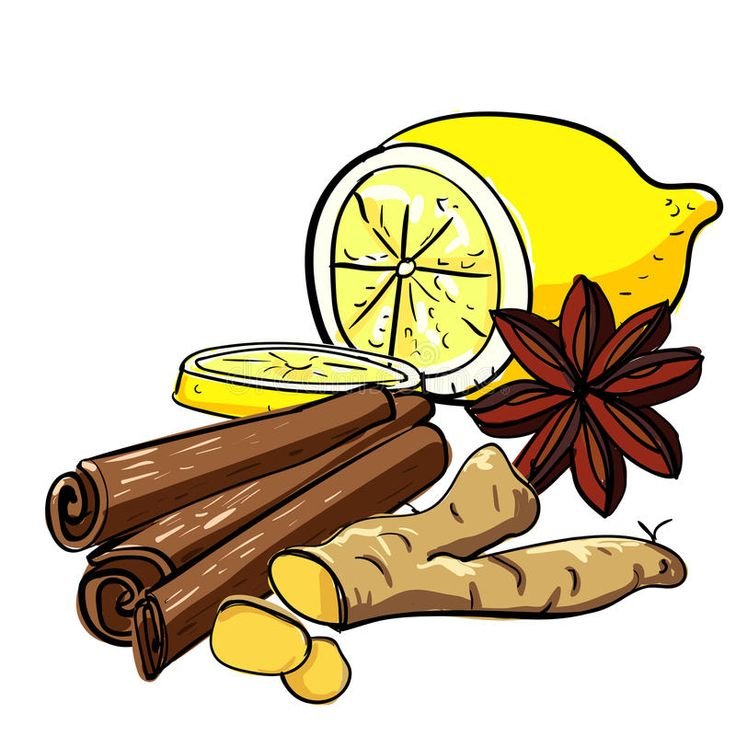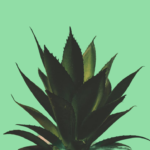Cupping therapy has gained popularity in recent years as a powerful tool for healing and wellness. This ancient practice has roots in several cultures, offering a natural remedy for various ailments. Cupping isn’t just a modern fad; its origins date back thousands of years, reflecting a deep understanding of the body’s healing mechanisms. Exploring the history of cupping therapy provides insight into how this technique has evolved and why it continues to be relevant in today’s health landscape.

Cupping involves the use of suction to improve blood flow, reduce inflammation, and promote overall well-being. While it is now commonly associated with Traditional Chinese Medicine (TCM), historical records show that cupping has been practiced in many ancient cultures, including Egypt, Greece, and the Middle East. Understanding the diverse history of cupping therapy not only underscores its effectiveness but also highlights the shared human pursuit of natural healing methods.
This article delves into the fascinating journey of cupping therapy, tracing its development across civilizations. From ancient medical texts to modern-day wellness clinics, the practice of cupping has endured the test of time. Let’s explore its origins, cultural significance, and how it has shaped the world of alternative medicine.
Read Also:
- Cupping for Stress Relief: Balancing Mind and Body
- Cupping for Muscle Pain: Benefits for Athletes & Fitness
- History of Cupping Therapy: Ancient Wisdom for Modern Healing
- Cupping Therapy Aftercare: Tips and Precautions for Optimal Recovery
- Different Types of Cupping: Wet vs. Dry Cupping Explained
The Ancient Roots of Cupping Therapy
Cupping in Ancient Egypt
The earliest recorded use of cupping therapy can be traced back to ancient Egypt. The Ebers Papyrus, one of the oldest medical texts in the world dating back to 1550 BCE, describes the use of cupping for treating various ailments, including fever, pain, and imbalances in the body. Egyptians believed that cupping helped expel toxins and restore harmony within the body. They used animal horns or cups made from bamboo or glass to create suction, promoting healing and recovery.
Egyptians held the belief that diseases were caused by supernatural forces or blockages in the body’s energy flow. Cupping was employed as a means to draw out these forces, releasing negative energies and restoring balance. The practice of cupping in ancient Egypt was not limited to the elite but was also accessible to common people, indicating its importance in everyday healthcare.
Cupping in Ancient Greece and Rome
The practice of cupping spread to ancient Greece and Rome, where it was embraced by physicians like Hippocrates, the “Father of Medicine.” Hippocrates wrote extensively about cupping therapy, considering it an essential part of medical treatment. In his texts, he describes using cupping to address a wide range of conditions, from musculoskeletal pain to respiratory issues. He advocated for cupping as a way to mobilize blood flow, thereby facilitating the body’s natural healing process.
In ancient Rome, the use of cupping continued to flourish. Roman physicians employed cupping in their medical practices, believing it could draw out harmful substances and alleviate symptoms of various diseases. This period saw the development of more sophisticated cupping instruments, including the use of heated glass cups to create suction, a technique that is still used today.
Traditional Chinese Medicine and Cupping
While cupping had already been practiced for centuries in the West, it became a crucial component of Traditional Chinese Medicine (TCM) around 1000 BCE. In China, cupping was used in conjunction with acupuncture to balance the body’s energy, or “Qi.” The ancient Chinese text “The Yellow Emperor’s Classic of Internal Medicine” describes cupping as a method to remove stagnation and stimulate the flow of Qi, addressing conditions such as pain, respiratory issues, and digestive disorders.
The practice of cupping in TCM focused on the meridian system, pathways through which Qi flows in the body. By applying cups along these meridians, practitioners aimed to unblock energy pathways, enhance circulation, and promote healing. Cupping became a vital part of TCM, and its principles have influenced cupping practices worldwide.
Cultural Variations of Cupping Therapy
Cupping in the Middle East: Hijama
In the Middle East, cupping is known as “Hijama,” and it has a long-standing tradition in Islamic culture. Islamic texts, including the Hadiths, reference the use of cupping as a means to maintain health and treat illnesses. Hijama is often performed during specific lunar phases, based on the belief that these times enhance the therapy’s effectiveness. The practice involves making small incisions on the skin to facilitate the release of “bad blood,” believed to contain toxins and impurities.
Hijama is regarded not only as a physical healing practice but also as a spiritual one. It is often performed with specific prayers and rituals, reflecting the holistic approach to health in Islamic tradition. Today, Hijama remains a popular form of cupping therapy in many Middle Eastern and North African countries, valued for its ability to detoxify the body and promote overall wellness.
Cupping in Ancient and Modern Europe
Cupping made its way into European medicine during the Middle Ages, where it was incorporated into humoral theory—the belief that health depended on the balance of bodily fluids. European practitioners used cupping to address imbalances, particularly in treating fever and inflammation. The method of cupping in Europe involved the use of glass cups and the application of heat to create a vacuum effect, similar to techniques used in ancient Greece and Rome.
By the Renaissance, cupping had become a common practice in Europe, utilized by both professional physicians and lay healers. Its use declined with the advent of modern medicine but experienced a resurgence in the 20th century as part of the holistic health movement. Today, cupping is recognized as a complementary therapy in many European countries, integrated into modern wellness practices.
The Evolution of Cupping Therapy: From Ancient to Modern Times
Traditional Techniques Meet Modern Medicine
Cupping therapy has evolved over the centuries, adapting to the changing understanding of medicine and human health. While traditional cupping focused on the release of bodily fluids and balancing energy, modern cupping emphasizes the mechanical effects on the body. Research has shown that cupping can increase blood circulation, reduce muscle tension, and promote the body’s natural healing processes.
Today’s cupping therapy incorporates various techniques, including dry cupping, wet cupping, and even fire cupping. Modern tools have also been developed to make the practice safer and more comfortable. Silicone cups, for example, allow for greater control over suction intensity, reducing the risk of bruising or skin irritation. This evolution reflects a blending of ancient wisdom with contemporary medical knowledge.
Cupping in Contemporary Wellness Practices
The resurgence of interest in holistic and alternative therapies has brought cupping back into the mainstream. Athletes, celebrities, and wellness enthusiasts have embraced cupping for its potential health benefits, including pain relief, detoxification, and relaxation. In the West, cupping is often used alongside other therapies, such as massage and acupuncture, to create a comprehensive approach to health and wellness.
Modern cupping therapy is practiced by licensed professionals who have undergone specialized training. This ensures that the therapy is applied safely and effectively, tailored to the individual’s needs. As more scientific studies explore the mechanisms and benefits of cupping, it continues to gain recognition as a valuable complementary therapy.
The Global Legacy of Cupping Therapy
Cupping’s enduring presence across cultures and time periods highlights its significance in the realm of natural healing. From ancient Egyptian healers to modern wellness practitioners, cupping therapy has been celebrated for its ability to promote health and restore balance. Its global legacy serves as a testament to the universal human desire for holistic, natural approaches to wellness.
In today’s world, where stress, chronic pain, and lifestyle diseases are prevalent, cupping offers a time-tested solution. It bridges the gap between ancient wisdom and modern science, providing a therapeutic option that addresses both physical and energetic aspects of health. As cupping therapy continues to evolve and adapt, its rich history remains an integral part of its enduring appeal.
Conclusion
Cupping therapy’s journey from ancient healing practice to modern wellness trend reflects its profound impact on human health. Across cultures and centuries, it has been valued for its ability to alleviate pain, enhance circulation, and promote overall well-being. By understanding the history and origins of cupping, we gain a deeper appreciation for its role in the holistic health landscape.
Whether used for physical ailments, stress relief, or as part of a broader wellness routine, cupping therapy continues to offer benefits that resonate with people seeking natural healing methods. Its enduring popularity is a testament to its effectiveness and the timeless wisdom it carries. For those interested in exploring alternative therapies, cupping presents a rich tradition worth experiencing.
External Links:

















